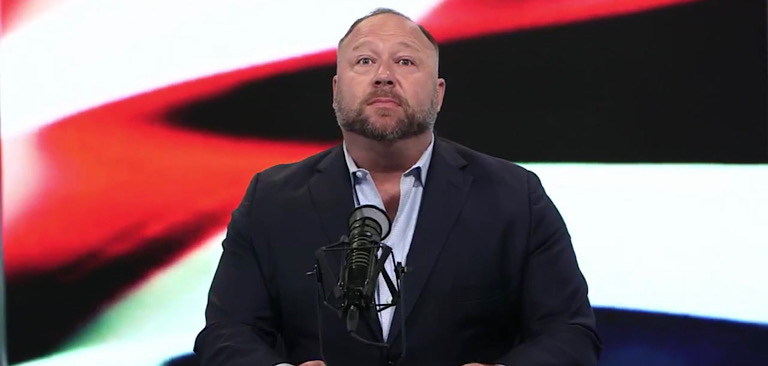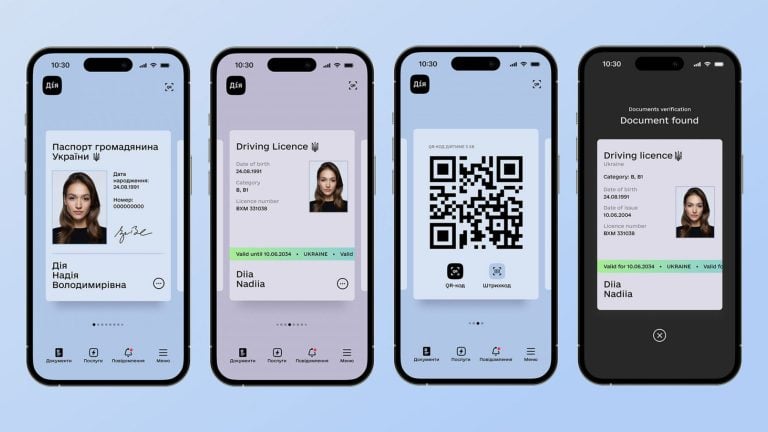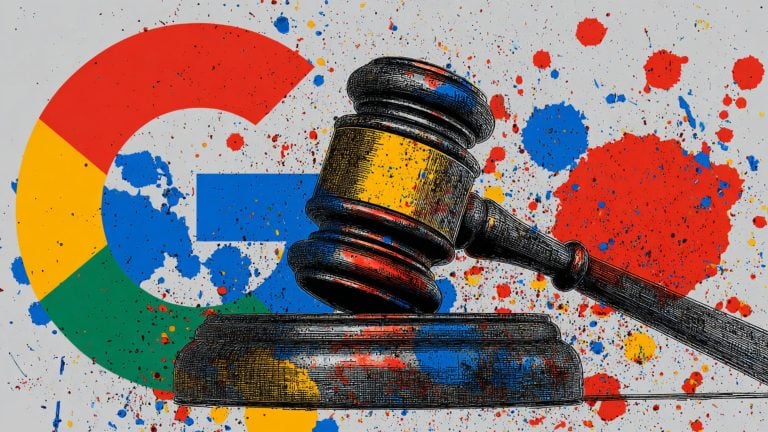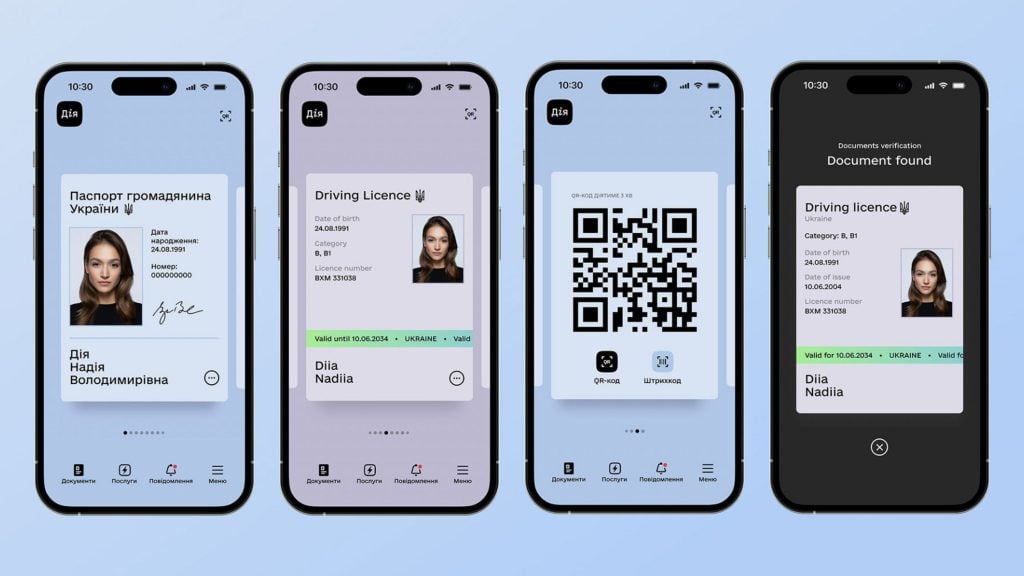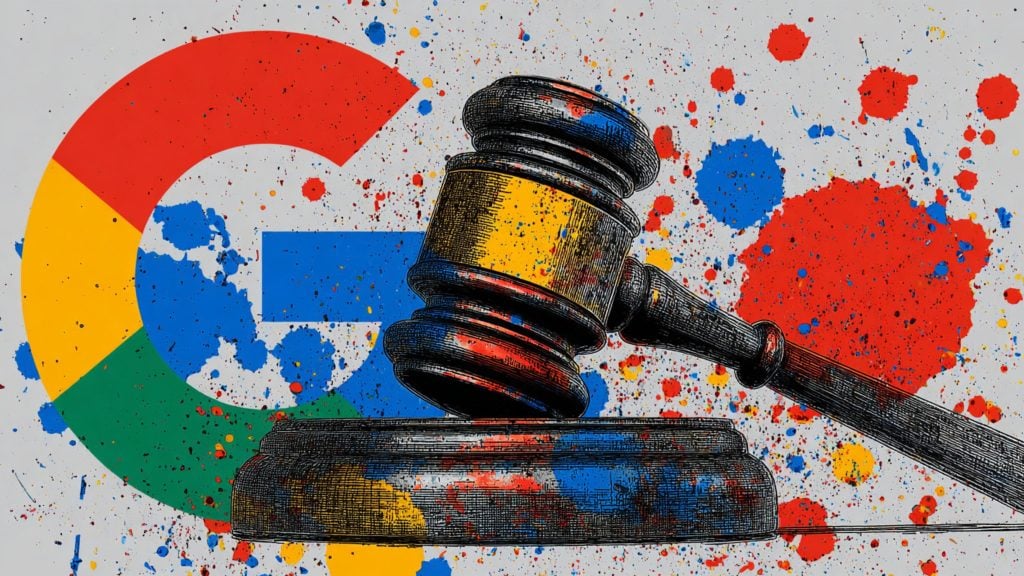Twitter has started blocking links to Infowars founder and host Alex Jones’ Banned.video platform which serves as a hub for broadcasts and clips from the independent media outlet.
When users open a Twitter link to Banned.video, they’re presented with a warning screen that says: “Warning: this link may be unsafe.”
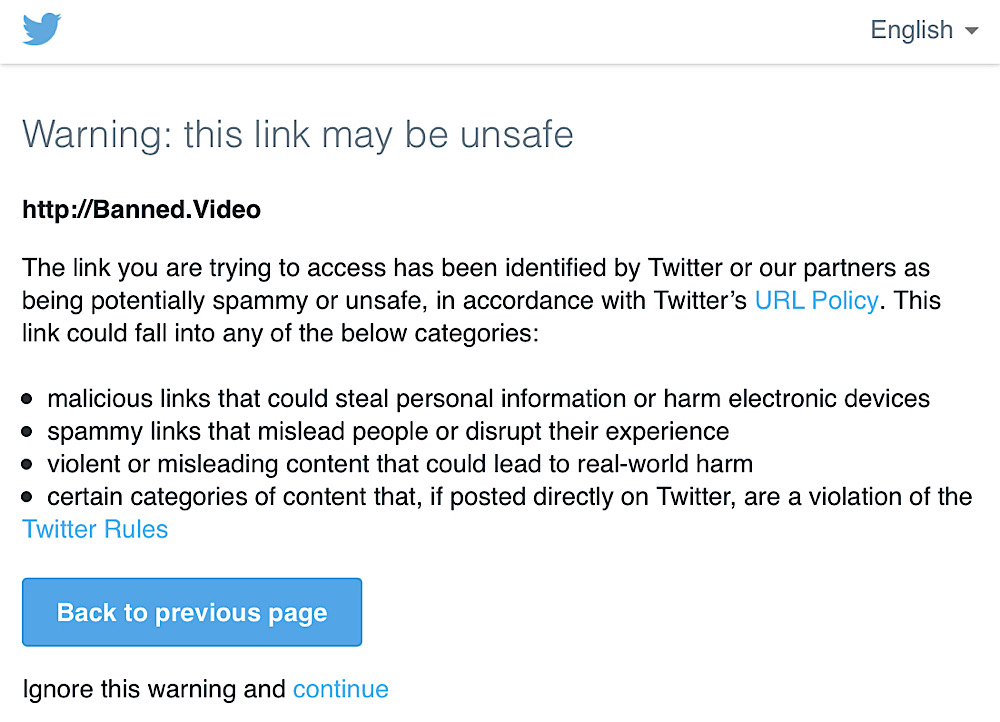
The warning message adds, “The link you are trying to access has been identified by Twitter or our partners as being potentially spammy or unsafe, in accordance with Twitter’s URL Policy,” and lists several reasons the link could have been blocked.
It then presents users with a large “Back to previous page” button and in a small section at the bottom of the page, it gives users the option to “Ignore this warning and continue.”
Banned.video was launched in July 2019 after Infowars had been banned from all of the major Big Tech platforms including YouTube – the world’s biggest video sharing site and the second most visited site in the world.
The platform has many of the same features of YouTube including channels (which serve up videos from different Infowars hosts and allow users to subscribe to each channel), watch history (which creates a playlist of the videos users have watched previously), and watch later (which allows users to create a playlist of videos they want to watch later).
Essentially, it provides users with a similar user interface to YouTube and many of the features that they’re familiar with but it’s hosted independently because Alex Jones and Infowars have been banned from all the mainline social media platforms.
Many people that defend social media censorship use the argument that if you don’t like their rules, decisions, and censorship, “just build your own platform.”
But now that Alex Jones and Infowars have built their own platform for sharing their videos, the larger tech platforms are using their vast control over the internet to dissuade users from visiting the site and sharing links to it.
The blocking of Banned.video is reflective of a recent uptick in Big Tech platforms blocking sites at the domain level with Infowars being one of the main targets of this domain-level blocking.
In May 2019, Facebook implemented similar domain-level blocking measures for Infowars’ main website, Infowars. com, and banned users from sharing or linking to it unless they explicitly condemn the content.
And in July 2020, a former Facebook content moderator said that Facebook had put Infowars on a “hate domains” list as part of an “emergency update.”
Twitter recently updated its rules to block some links that it deems to be “hateful conduct” which include links that are “inciting fear” against “protected” groups of people, “asserting that protected groups are more likely to engage in dangerous or illegal activities,” reinforcing “negative or harmful stereotypes about a protected category,” and “targeted misgendering or deadnaming of transgender individuals.”
After these rules were introduced, Twitter also blocked links to YouTube alternative BitChute.
This increased blocking of sites at the domain level also demonstrates how alt-tech and independent media are being suppressed at every layer of the internet that Big Tech controls.
Initially, the Big Tech platforms, which collectively have billions of users, prevented alternative and independent media outlets such as Infowars from having a presence on their platform by banning their accounts under vague, subjective rules that brand what they say as “hate speech” or class them as “dangerous.”
Once these alternative and independent media outlets could no longer post content to these platforms directly, the tech giants then amped up their censorship by dissuading other users from sharing links to their domains either through direct blocks on Facebook or through these warning interstitials that Twitter has deployed.

